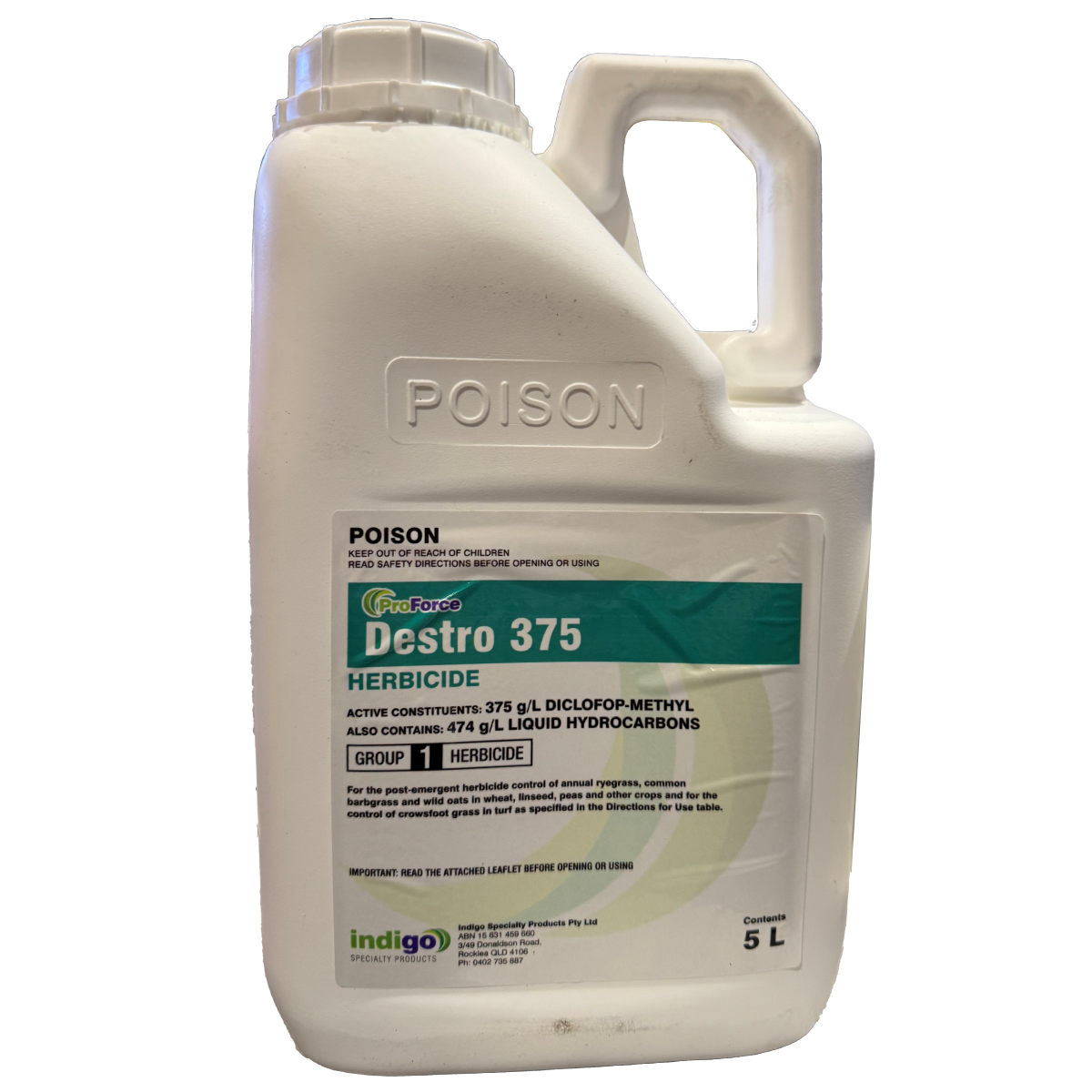
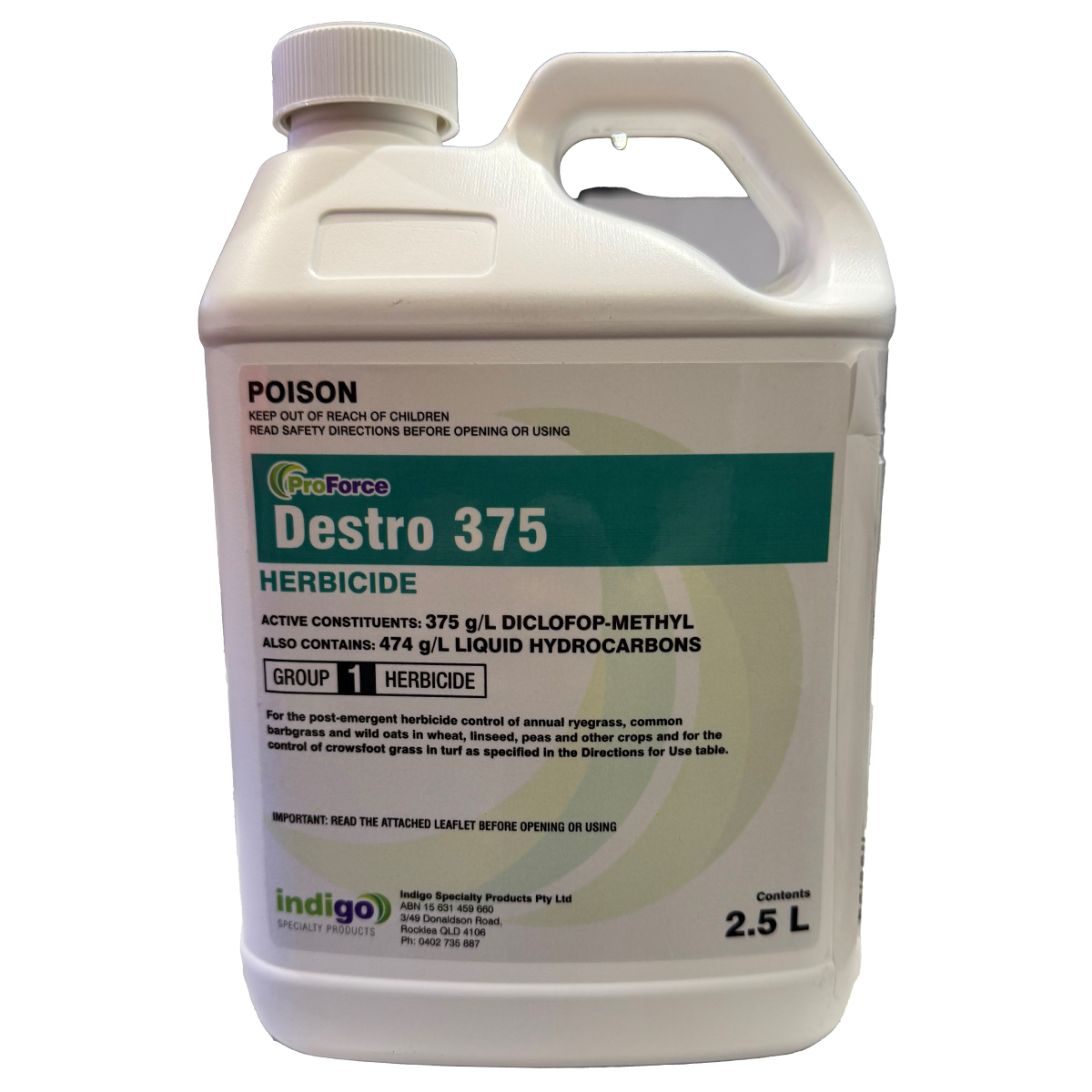
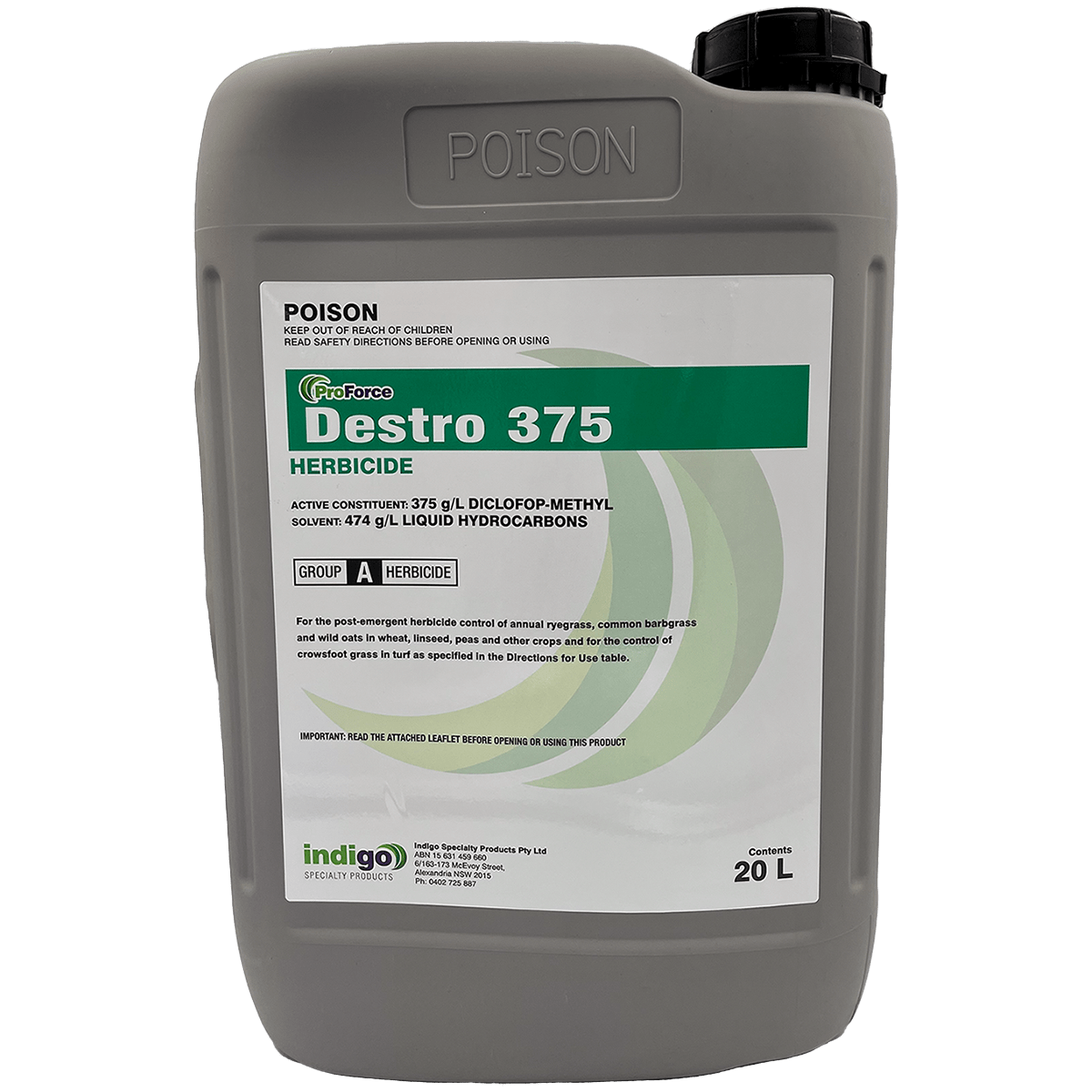
Indigo ProForce Destro 20L. Diclofop Methyl
Group 1 Herbicide
ProForce Destro 375 Herbicide is a grass specific herbicide containing 375g/L Diclofop-methyl. It is registered for the control of Crowsfoot Grass (Eleusine indica) in a range of warm season turfgrasses including Kikuyu, Hybrid Couch, Common Couch, Buffalo, Carpetgrass and Saltwater Couch. ProForce Detsro 375 Herbicide is also registered for the control of Annual Ryegrass, Wild Oats and Common Barbgrass in a range of agricultural crop situations.
Key Features
- Provides a useful mode of action rotation in the fight against Crowsfoot Grass.
- Strengthens the resistance management strategy.
- Excellent turf safety characteristics on a range of warm season grasses including Couch, Kikuyu, Queensland Blue Couch & Buffalo.
- Group 1 Herbicide chemistry.
- Can be used in golf and bowling green situations.
- Safe for use on Queensland Blue Couch and Kikuyu. There are few other post-emergent herbicides available to control Crowsfoot Grass on these turf types.
- Safe for use nearby ornamental garden beds and landscape plants.
- No re-entry periods for use in turf situations.
- Flexible to use near and around the public.
Maximising Performance:
- Rainfall or irrigation within 1 hour of application may cause a reduction in grass control.
- Use of a methylated seed oil adjuvant with ProForce Destro 375 Herbicide will improve efficacy. Recommended rate of use is 250mL/100L of water.
- Apply to Crowsfoot Grass when maximum leaf area is evident.
- The effectiveness of Diclofop-methyl is significantly reduced when grass clippings interfere with thorough spray coverage of the target weed. Particularly around the crown of the plant.
- Avoid mowing treated areas for at least 36 hours to allow time for penetration into the weed.
- Diclofop-methyl is absorbed primarily through the foliage. Thorough coverage is important and essential. Visual injury on Crowsfoot Grass is evident approximately 2 to 3 weeks after application (dependent upon environmental conditions).
- Young Crowsfoot plants are easiest to control. Large mature plants will not be adequately controlled. Best results come from early season applications.
- Ideally, applications below average daily temperatures of 250C provide most efficient results.
- Avoid applications to turfgrass under drought stress or stress from insects, diseases or nematodes.
- Ensure good coverage over the Crowsfoot plant. Use higher water volumes as much as practical (1,000L per hectare). Aim the product at the base (crown) of the Crowsfoot Grass to ensure best performance.
- Don’t apply to cool season turfgrasses such as Ryegrass, as severe injury will result.
- Avoid tank mixing ProForce Destro 375 Herbicide with any other pesticide or liquid fertiliser as reduced Crowsfoot Grass control may occur.
- Do not overseed treated area for at least 2 months from time of application.
- ProForce Destro 375 Herbicide will not control broadleaf weeds or sedges.
- Don’t allow treated turf areas or clippings to be grazed by or fed to livestock.
Weeds Controlled
GRASSY WEEDS
- Annual Ryegrass (Lolium rigidum)
- Common Barbgrass (Hordeum leporinum)
- Wild Oats (Avena fatua)
- Crowsfoot Grass (Eleusine indica)
This herbicide targets key post-emergent grassy weeds in cereal and legume crops and turf. It is not designed to control broadleaf, woody, aquatic, or forestry weeds.
Mode of Action
ProForce Destro 375 Herbicide is a selective systemic herbicide, which is absorbed primarily by the foliage, with some absorption by the roots in moist soil conditions. Once inside the plant Diclofop-methyl undergoes rapid transformation from the ester to the biologically active from, which is then translocated throughout the plant. Diclofop-methyl works by inhibiting fatty acid production via prevention of acetyl CoA carboxylase (ACCase) synthase. As a result of Diclofop-methyl activity, the plant’s cell membrane is destroyed, providing a water soaked appearance on the leaves of susceptible plants. Diclofop-methyl also results in death of the growing tips, hence plant leaves of treated grasses can be easily pulled from their sheaths. Diclofop-methyl also prevents the translocation of assimilates (plant food reserves) to the root system, reduces plant chlorophyll content, and inhibits photosynthesis and meristem activity in weedy grasses.
SHORT DESCRIPTION
Indigo Destro 375 Herbicide is a selective post-emergent Group A herbicide formulated to control key grassy weeds including annual ryegrass, wild oats, barbgrass, and crowsfoot grass. Suitable for use in wheat, linseed, pulses, and turf (excluding ryegrass), Destro 375 delivers rapid systemic action and is compatible with a range of broadleaf herbicides. Ideal for use in broadacre cropping and commercial turf management, it offers flexible application options and strong crop safety when used as directed.
ACTIVE INGREDIENTS
375 g/L Diclofop-Methyl
SOLVENT:
474 g/L Liquid Hydrocarbon
APPLICATION INFORMATION
APPLICATION INFORMATION AND RATES – INDIGO DESTRO 375 HERBICIDE
Crop: Wheat
Weeds Controlled: Annual Ryegrass, Common Barbgrass, Wild Oats
States: All
Weed Stage: 2 to 5 leaf
Rate: 1.0 to 2.0 L/ha
Comments: Use lower rate for seedlings and early growth stages; use higher rate for dense infestations or more advanced weed growth. Apply to actively growing weeds. Do not apply to stressed crops or weeds. Avoid application if rain is expected within 2 hours or if temperatures exceed 25°C.
Crop: Linseed
Weeds Controlled: Annual Ryegrass, Common Barbgrass, Wild Oats
States: All
Weed Stage: 2 to 5 leaf
Rate: 1.0 to 2.0 L/ha
Comments: Apply when weeds are actively growing. Use correct rate depending on weed size and density. Avoid tank mixing unless approved.
Crop: Peas
Weeds Controlled: Annual Ryegrass, Common Barbgrass, Wild Oats
States: All
Weed Stage: 2 to 5 leaf
Rate: 1.0 to 2.0 L/ha
Comments: Apply when weeds are small and actively growing. Avoid applications to stressed crops or weeds.
Crop: Chickpeas, Faba Beans, Lentils
Weeds Controlled: Annual Ryegrass, Common Barbgrass, Wild Oats
States: All
Weed Stage: 2 to 5 leaf
Rate: 1.0 to 2.0 L/ha
Comments: Apply when weeds are actively growing and small. Use higher rate for heavier infestations or advanced weed growth. Do not mix with broadleaf herbicides at high rates.
Turf (excluding Ryegrass Turf)
Weeds Controlled: Crowsfoot Grass (Eleusine indica)
States: All
Rate: 1.0 to 2.0 L/ha
Comments: Apply post-emergent to young, actively growing crowsfoot grass. Do not apply to ryegrass turf. Treated turf or clippings must not be grazed or fed to livestock.
Ground Spray Application
Water Volume: 50 to 150 L/ha
Comments: Use standard boom sprayer with 200–300 micron droplet size. Ensure even coverage and good penetration to weed base.
Knapsack Application
Spray Volume: 5 to 10 L per 100 m²
Comments: Use for small or spot treatments. Mix product thoroughly and apply evenly.
Aerial Application
Water Volume: 20 to 30 L/ha
Swath Width: 15 to 18 metres
Droplet Size: 200 to 300 microns
Comments: Use only where suitable. Ensure correct swath width and droplet size. Do not use boomless jets or misters.
Always include a wetting agent at 0.25% unless otherwise advised.
Do not apply more than one application per season per crop.
Thoroughly clean spray equipment after use.
Follow all label directions for best results and crop safety.
WEEDS CONTROLLED
WEEDS CONTROLLED – INDIGO DESTRO 375 HERBICIDE
GRASSY WEEDS
Annual Ryegrass (Lolium rigidum)
Common Barbgrass (Hordeum leporinum)
Wild Oats (Avena fatua)
Crowsfoot Grass (Eleusine indica)
This herbicide targets key post-emergent grassy weeds in cereal and legume crops and turf. It is not designed to control broadleaf, woody, aquatic, or forestry weeds.
PRODUCT LABEL SUMMARY
Full Product Label Summary – Indigo Destro 375 Herbicide (20L)
Product Name
Indigo Destro 375 Herbicide
Active Constituent
375 g/L Diclofop-methyl
Solvent: 474 g/L Liquid Hydrocarbons
Herbicide Group
Group A Herbicide
Purpose
Post-emergent control of annual ryegrass, common barbgrass, and wild oats in cereal and legume crops, and control of crowsfoot grass in turf.
Signal Heading
Poison
Keep out of reach of children
Read safety directions before opening or using
Manufacturer
Indigo Specialty Products Pty Ltd
6/163-173 McEvoy Street, Alexandria NSW 2015
Phone: 0402 725 887
APVMA Approval Number
70403/121713
Directions For Use
Includes crop type, target weed, states, weed stage, rate (L/ha), and critical comments for each crop.
Restraints
Do not apply if rain is expected within 2 hours
Do not spray when temperatures exceed 25°C
Do not apply to stressed crops or weeds
Do not use on ryegrass turf
Withholding Periods
All crops: Do not graze or cut for stock food for 7 weeks after application
Turf: Do not allow treated areas or clippings to be grazed or fed to livestock
General Instructions
Apply to actively growing weeds under good growing conditions
Avoid application to crops with stress or frost
Mixture can be left overnight but must be well agitated before use
Results are best when weeds have sufficient leaf area
Resistant Weeds Warning
Group A herbicide (aryloxyphenoxypropionate – ACCase inhibitor)
Repeated use may lead to resistant weed populations
No liability accepted for resistance-related control failure
Mixing
Add to spray tank when two-thirds full
Top up with water and maintain agitation
Add wetting agent (0.25%) just before tank is full
Application
Apply to base of weeds for good coverage
Ground application: 50–150 L/ha using standard boom sprayers
Knapsack: 5–10 L per 100 m²
Aerial application: 20–30 L/ha with 15–18 m swath, droplet size 200–300 microns
Equipment
Use only boom sprays with by-pass or mechanical agitation
Do not apply with boomless jets or misters
Forward-angled nozzles may improve coverage in dense crops
Compatibility
Compatible with bromoxy, clopyralid, MCPA LVE, and some other herbicides
Reduced efficacy may occur with certain mixes
Observe specific mixing instructions and time intervals for other herbicides
Do not mix with broadleaf herbicides above recommended rates
Protection Of Crops, Native And Non-Target Plants
Avoid spray drift
Do not plant maize, sorghum, or rice for 10 weeks after application
Protection Of Wildlife, Fish, Crustaceans And Environment
Do not contaminate waterways with product or containers
Undersown Clovers And Medics
Product is safe for use with clovers, medics, and other broadleaf crops
No activity against broadleaf weeds
Storage And Disposal
Store in original container in cool, well-ventilated area
Triple rinse containers before disposal
Recycle or dispose according to regulations
Do not burn product or container
Safety Directions
Will irritate eyes and skin
Avoid inhaling vapour or contact with skin and eyes
Wear protective clothing including gloves and goggles
Wash hands and equipment after use
First Aid
If poisoning occurs, contact a doctor or Poisons Information Centre – 13 11 26
Do not induce vomiting
Safety Data Sheet
Available from Indigo Specialty Products Pty Ltd on request
Conditions Of Sale
Product is warranted for use according to directions under normal conditions
No liability accepted for off-label use or misuse
LABEL, SDS & TECH SHEET
SHIPPING & RETURNS
Greenway Weed Solutions has a distribution centre in QLD only. All orders, Australia-wide will be shipped from this location.
Shipping is free on all online orders. Bulk purchase shipping rates are determined by total order weight and delivery location.
Pickups are available from the QLD warehouse. Updates to product availability in other Australian warehouses are upcoming.
Choose options



explore our latest Blogs
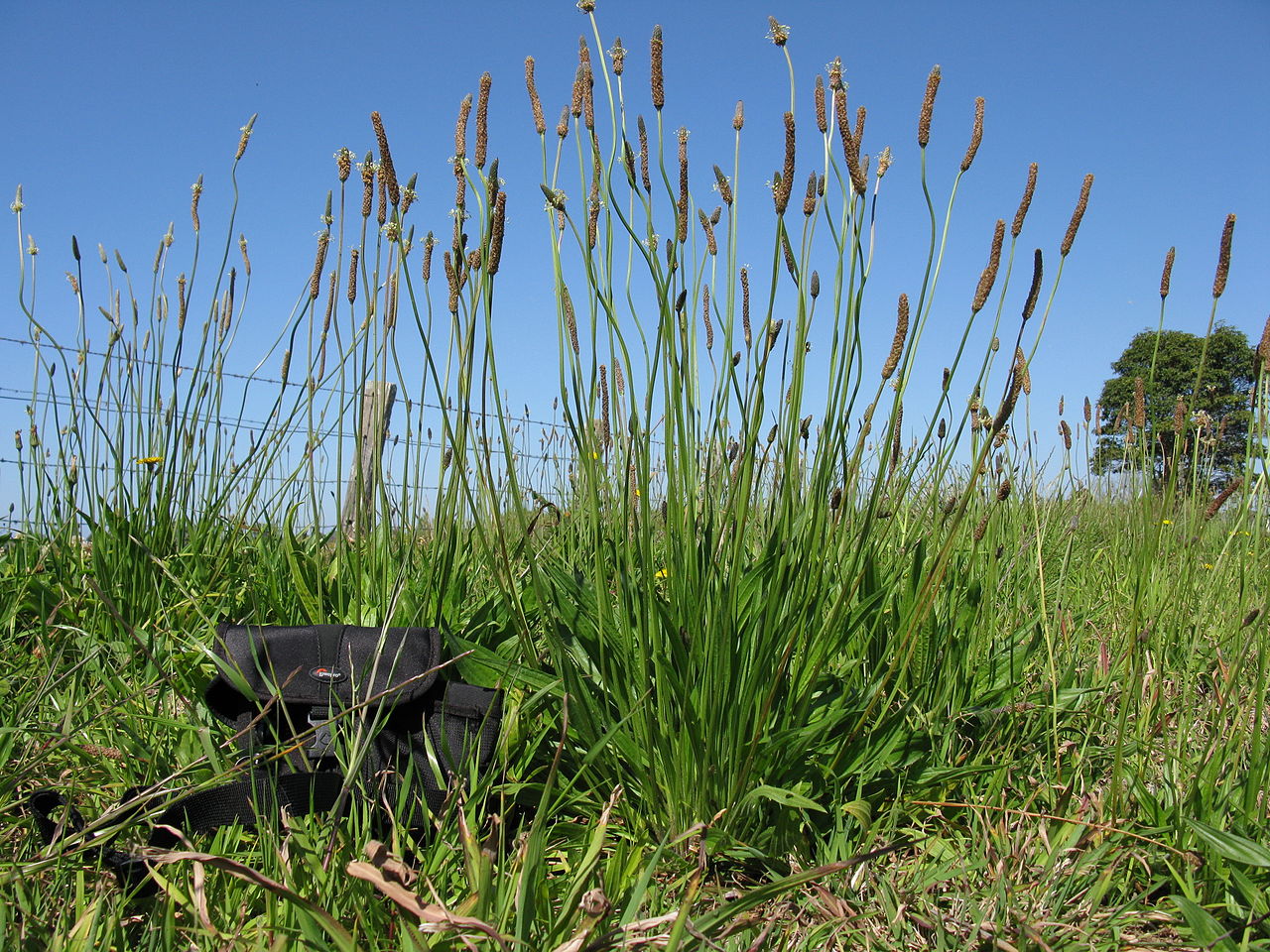
Water pH and the Performance of Weak Acid Herbicides
Weak-acid herbicides must remain in their non-ionised (acid) form to move efficiently through the plant cuticle. When spray water is too alkaline, the herbicide molecule becomes ionised.
Read more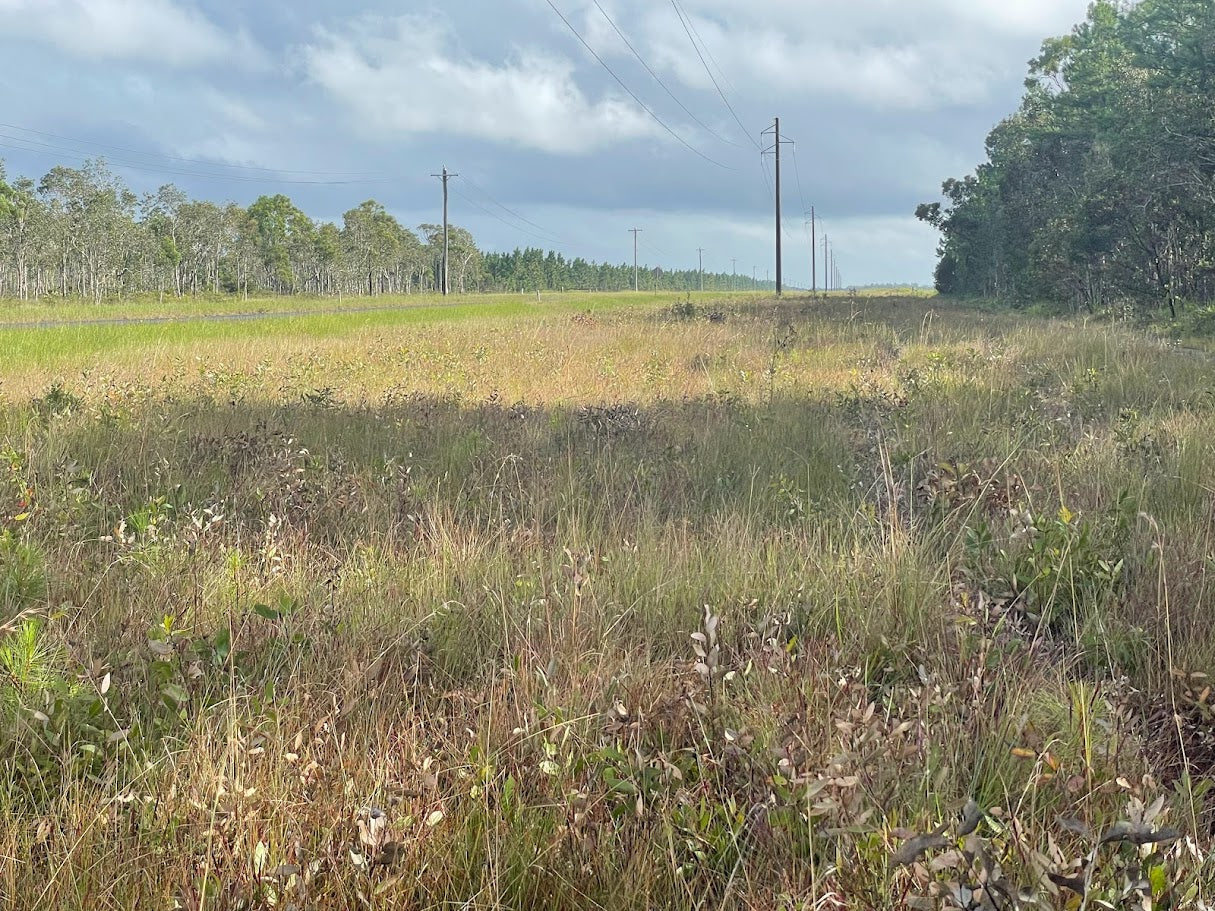
Towards Modern Vegetation Management: Solutions for Australia’s Linear Infrastructure
Understanding the Changing Vegetation Challenge Vegetation management across Australia’s linear infrastructure corridors is becoming increasingly complex. Roads, rail corridors, gas pipelines, elec...
Read more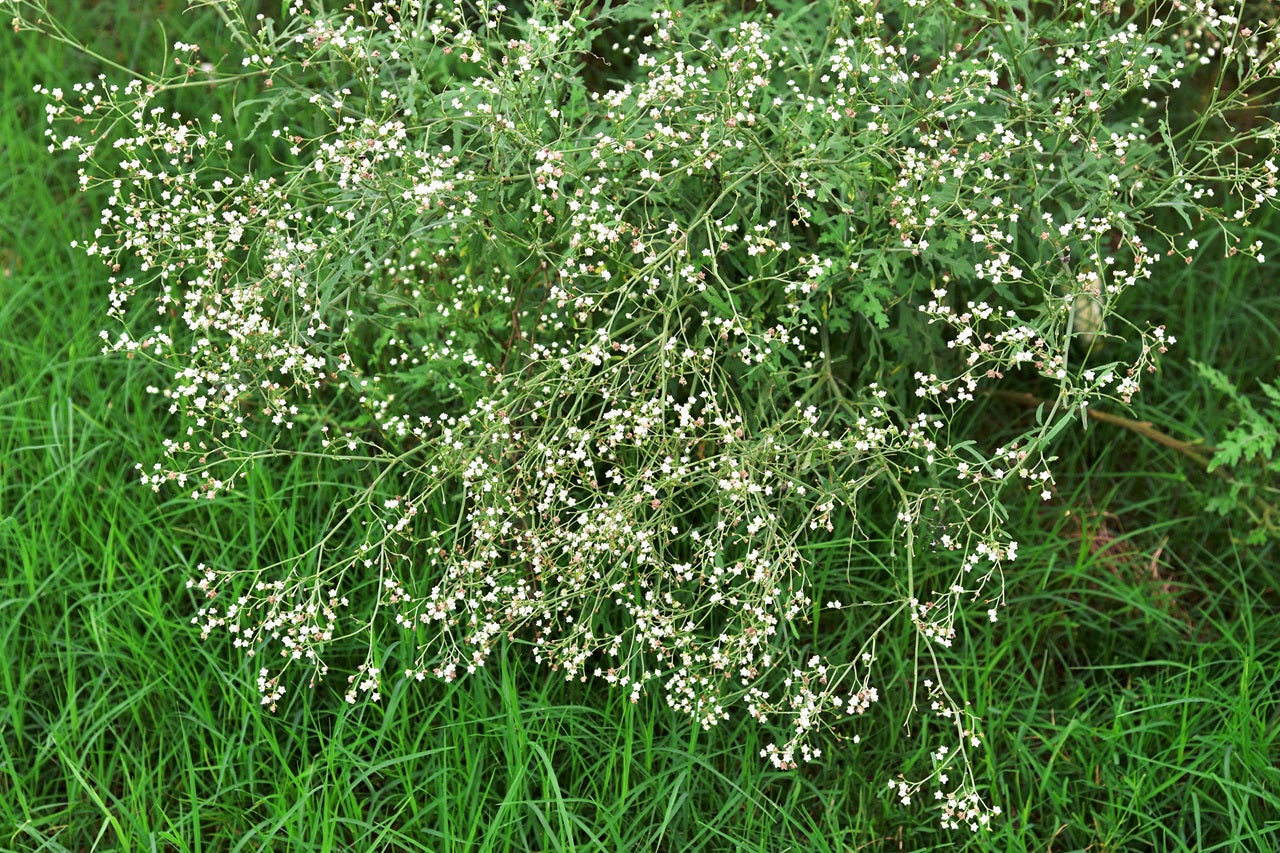
Case Study: Parthenium Weed Hygiene
Introduction: The Necessity of Weed Hygiene Management Australia’s vast expanses and diverse land uses, from grazing pastures and cropping zones to natural bushland and urban corridors are u...
Read more
